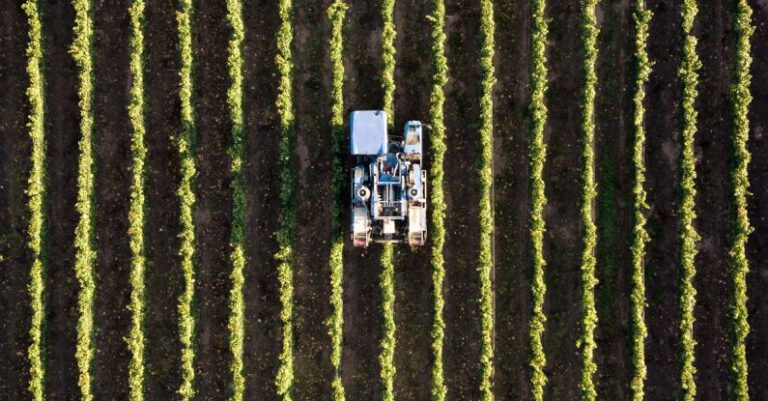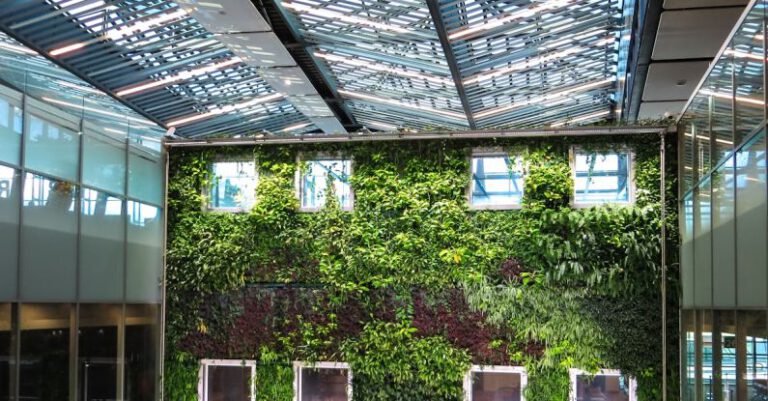How to Create an Eco-friendly Landscaping Plan?
Creating an Eco-friendly Landscaping Plan
In today’s world, where environmental conservation is becoming increasingly crucial, adopting eco-friendly practices in every aspect of our lives is essential. Landscaping is no exception. By incorporating sustainable and environmentally friendly practices into your landscaping plan, you can not only create a beautiful outdoor space but also contribute to the well-being of the planet. Here’s how you can create an eco-friendly landscaping plan that is both aesthetically pleasing and environmentally responsible.
Choose Native Plants
One of the most important aspects of an eco-friendly landscaping plan is choosing native plants. Native plants are well-adapted to the local climate and soil conditions, requiring less water, fertilizer, and pesticides to thrive. By incorporating native plants into your landscape design, you can create a low-maintenance garden that attracts local wildlife and preserves biodiversity. Additionally, native plants are more likely to survive extreme weather conditions and contribute to a healthier ecosystem.
Opt for Drought-Tolerant Plants
In regions where water conservation is a concern, choosing drought-tolerant plants is essential. These plants require minimal watering once established, reducing the overall water consumption of your landscape. Succulents, ornamental grasses, and native wildflowers are excellent choices for creating a water-wise garden that thrives in arid conditions. By selecting drought-tolerant plants, you can reduce your water bill and minimize the environmental impact of your landscaping.
Implement Water-Saving Techniques
In addition to choosing drought-tolerant plants, incorporating water-saving techniques into your landscaping plan can further reduce water usage. Installing a rainwater harvesting system allows you to collect and store rainwater for irrigation purposes, reducing the need for potable water for your garden. Drip irrigation systems deliver water directly to the roots of plants, minimizing evaporation and runoff. Mulching around plants helps retain soil moisture and suppresses weed growth, further conserving water. By implementing these water-saving techniques, you can create a sustainable landscape that is both beautiful and environmentally responsible.
Use Organic Mulch
Mulching is a key practice in eco-friendly landscaping, as it offers numerous benefits to both plants and the environment. Organic mulches, such as shredded bark, compost, or straw, enrich the soil as they decompose, providing essential nutrients to plants. Mulch helps retain soil moisture, suppresses weed growth, and regulates soil temperature, creating a healthy environment for plant growth. By using organic mulch in your landscaping plan, you can improve soil quality, reduce the need for synthetic fertilizers, and promote a thriving ecosystem in your garden.
Promote Biodiversity
Creating a diverse landscape not only enhances the visual appeal of your outdoor space but also supports a healthy ecosystem. Incorporating a variety of plants, flowers, and trees in your landscaping plan attracts a wide range of pollinators, beneficial insects, and birds, contributing to biodiversity conservation. By planting a mix of native species, you can create a habitat that sustains wildlife and fosters a balanced ecosystem. Avoid monocultures and embrace diversity in your landscape design to promote a more sustainable and resilient environment.
Conclusion:
In conclusion, creating an eco-friendly landscaping plan is a rewarding endeavor that benefits both the environment and your outdoor space. By choosing native plants, opting for drought-tolerant species, implementing water-saving techniques, using organic mulch, and promoting biodiversity, you can design a sustainable garden that thrives while minimizing its impact on the planet. With thoughtful planning and environmentally conscious practices, you can enjoy a beautiful and eco-friendly landscape that enhances the well-being of both your home and the earth.






